Data centers bring our technologies and programs to users across the world. As we construct new data centers to accommodate the growth of our business, we are also focused on achieving net zero emissions across our value chain in 2030. Our key strategy to reach net zero is to reduce our emissions, and we have shared our science-aligned emissions reduction targets to guide us toward this effort.
Addressing the emissions associated with the construction and operations of our physical infrastructure means that we must identify lower carbon alternatives for the materials used in these structures. Most data centers today are constructed of concrete, structural steel and other pre-engineered metal. We aim to incorporate near-zero-emissions steel in our construction through our membership in RMI’s Sustainable Steel Buyers Platform, and have already piloted a number of approaches to advance low carbon concrete in our data centers.
But another building material familiar to most homeowners will help us close the gap to net zero as we begin to build the data centers of tomorrow: wood.
Mass timber data centers
The embodied carbon of our physical infrastructure includes the emissions associated with the manufacturing, transportation and installation of building materials. In general, sustainably-sourced, bio-based materials like wood entail lower embodied carbon than engineered materials like concrete and steel, and these materials store carbon sequestered during the natural processes that created them.
Meta started piloting mass timber in the construction of buildings on our data center campuses in 2025. Mass timber refers to a variety of wood-based products engineered for strength and durability, and act as substitutes for steel and other common building materials. These resulting wood products are more substantial than the average light wood frames you find in your house; they are engineered for industrial applications, including data centers and even high-rise buildings. Glue-laminated, wooden beams and columns (glulam), mass plywood, and timber wall assemblies are all examples of mass timber. Cross-laminated timber (CLT) is another common mass timber product, referring to thickly sawn lumber that is glued together with the grain of each layer alternating at a 90º angle.
Our first mass timber administrative building was erected at our Aiken, South Carolina, data center campus this year by DPR with mass timber materials provided by SmartLam. Later this year, we will begin construction of additional mass timber buildings at our Cheyenne, Wyoming site with Fortis Construction and Mercer Mass Timber and at our Montgomery, Alabama site with Hensel Phelps and Binderholz. Looking ahead, we will begin incorporating mass timber into additional administrative buildings, warehouses and even the critical data halls that house the servers that connect people to our platforms and bring our technologies to life.
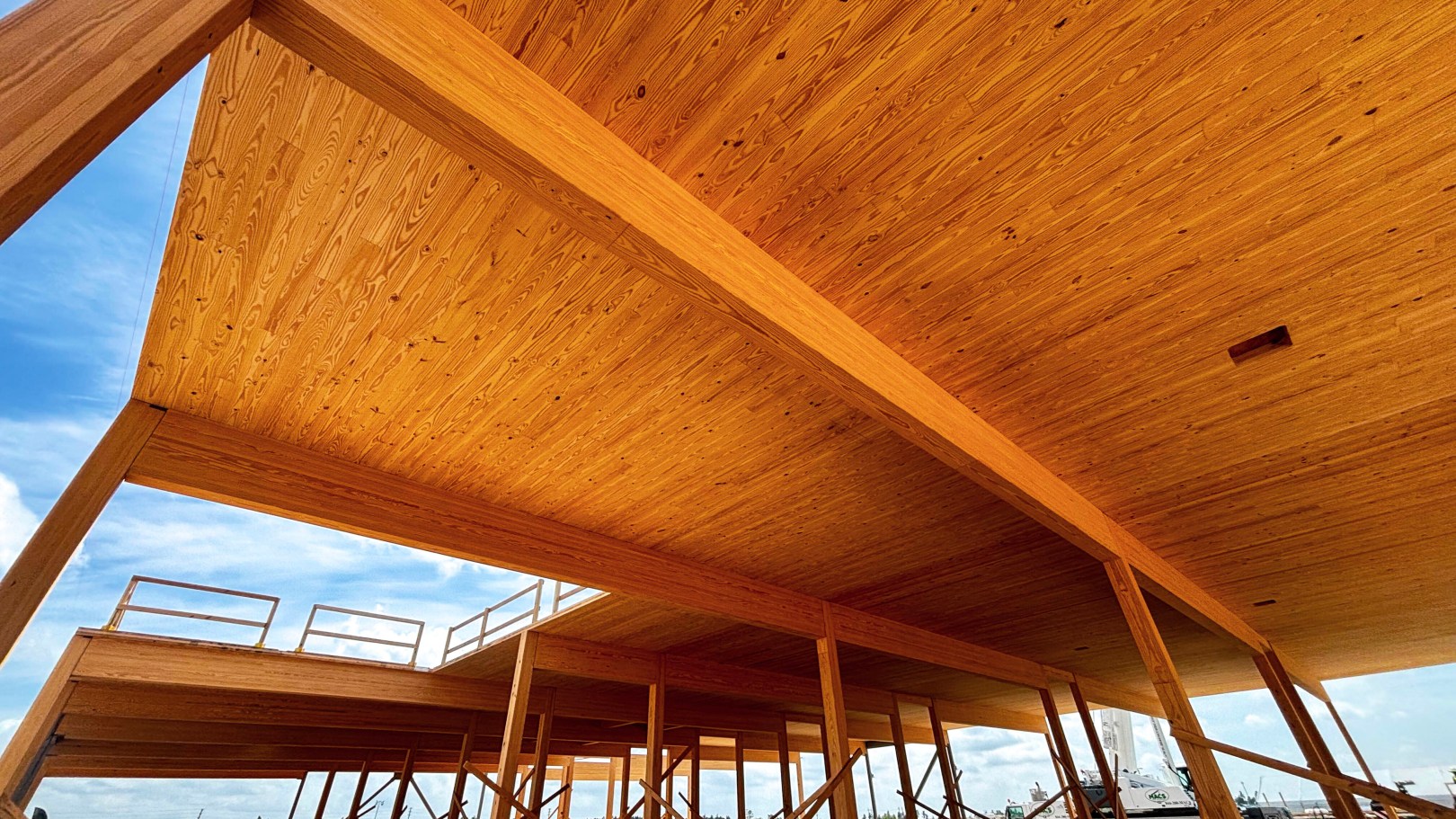
Benefits of mass timber
Incorporating mass timber in the construction of our data center admin buildings will reduce the embodied carbon of the materials being substituted by approximately 41%. As we expand the use of mass timber in additional structures on our data center campuses, we expect further reductions to help us achieve our emissions targets.
Mass timber products are largely pre-fabricated, reducing the need to weld steel on site. This can increase the speed at which buildings are constructed by several weeks, as well as eliminate emissions associated with the typical construction process. The lightweight-nature of mass timber compared to steel can reduce the volume of concrete necessary for foundations, in some instances by half, further reducing cost and emissions associated with pouring concrete to support these buildings.
Mass timber may be engineered to have a higher strength-to-weight ratio than steel, making it a strong and suitable alternative in a data center setting. Its density and a char layer makes it reliably fire resistant, and it can be pre-insulated or pre-assembled to suit the required needs for each application, from roofs to walls.
Research has shown that biophilic designs utilizing exposed mass timber in workspaces has the added benefit of helping building occupants feel connected to the natural environment.1 These new designs will reduce stress, boost morale, increase productivity and foster a sense of wellness for operations and facilities staff on site at our data centers. These buildings will serve as a visible testament to our net zero effort as we expand our data centers with sustainability in mind.
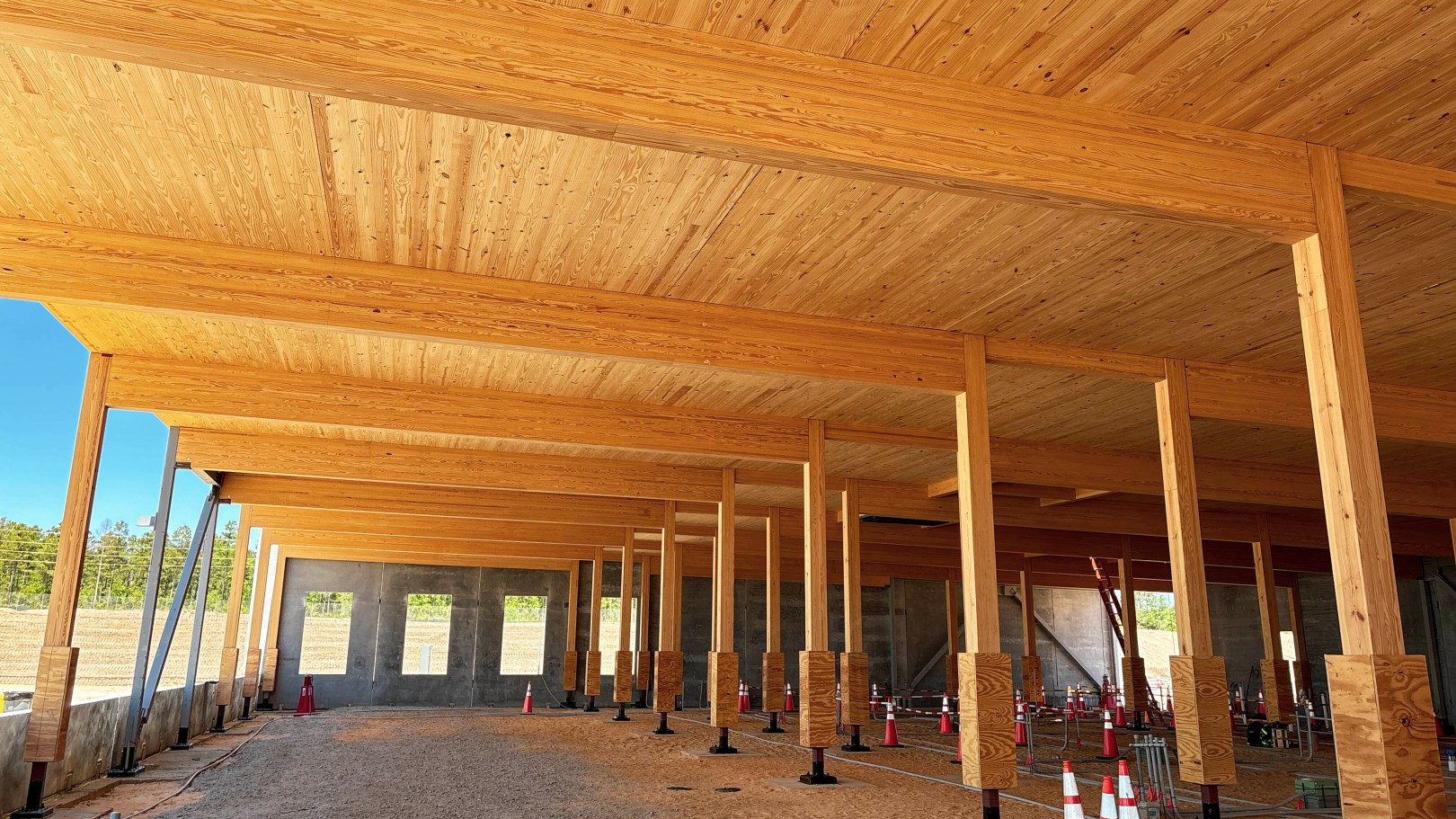
Sustainably harvested timber
Mass timber is sourced from trees most commonly used in construction, including douglas fir, spruce, pine, and cedar. We require third-party audits to ensure wood is sourced and milled responsibly. These audits must demonstrate that wood can be transparently traced to the forest of origin, and these forests must be managed for long-term ecological health and social impact, including safe working conditions and fair wages for local communities. Where structural integrity is ensured, mass timber manufacturers may also opt to utilize reclaimed wood salvaged from old buildings or other sources.
Sustainable timber operations can complement forest conservation efforts in regions where we can source mass timber for each of our data center campuses. As we identify mass timber suppliers for our new data center campuses, we prioritize vendors who demonstrate a commitment to climate smart forestry practices. Climate smart forestry may include practices such as wildfire risk reduction, sourcing in partnership with tribes who own and manage their forestlands, and taking additional steps to improve the carbon storage and ecological health of the forest through properly managed restoration and conservation efforts.
Meta is already supporting sustainable forestry through partners that help us remove residual emissions on our path to net zero, such as BTG Pactual Timberland Investment Group in Brazil and EFM in Washington state. Supporting projects through our net zero efforts that support people and nature to thrive is paramount to our mission. Forestry projects like these set the vision for how our net zero program can support communities, forests, and watersheds beyond our emissions goals, as well as ensure a sustainable source of timber for mass timber and other timber markets.

Looking ahead
The carbon emissions associated with sustainably harvesting timber, milling it and manufacturing it to create usable materials for industrial application is typically far less than the emissions associated with manufacturing steel and concrete. Low carbon materials like mass timber are necessary as we look for alternatives in construction to reach a net zero future. Reaching scale for low carbon alternatives like mass timber is the challenge for companies constructing the infrastructure of tomorrow. Our pilot mass timber buildings at data center campuses can serve as examples for new approaches to accelerate the transition to net zero, and we invite others to learn with and support us to evolve the ways we construct our data centers with sustainability in mind.
News
Get the latest news about our sustainability work, download reports and resources and explore our energy dashboards.
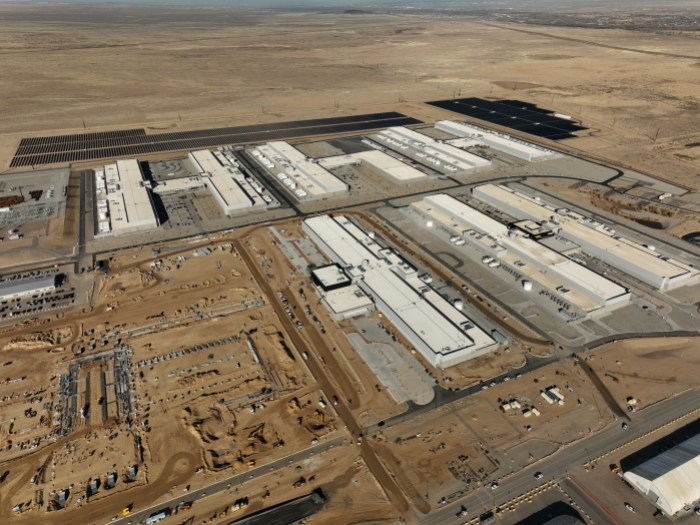
Meta announces geothermal agreement with XGS Energy
Meta announces agreement with XGS Energy to develop up to 150 MW of new, advanced geothermal energy in New Mexico to support Los Lunas data center operations.
June 12, 2025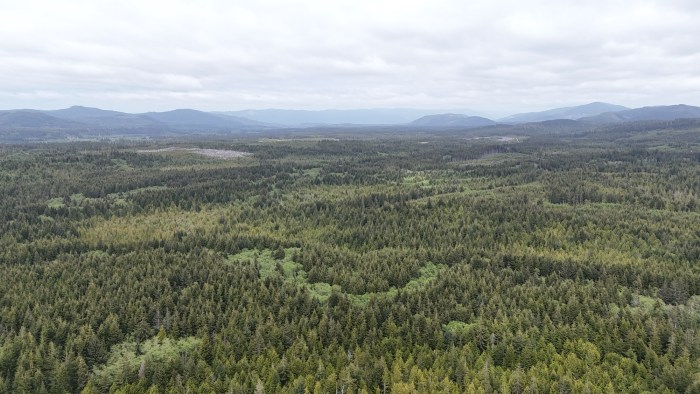
Meta and EFM Partner on Groundbreaking Carbon Removal Project
Meta and EFM partner on 676,000 carbon removal credits through 2035, supporting climate-smart forest management on 68,000 acres.
March 31, 2025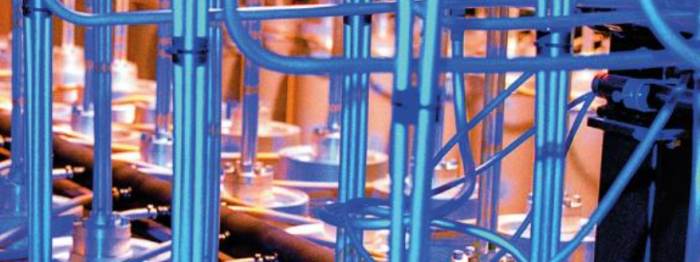
Meta joins World Nuclear Association’s Nuclear Pledge
World Nuclear Association’s Tripling Nuclear Pledge brings together companies recognizing nuclear’s clean, firm and abundant energy to power future growth.
March 12, 20252025 Sustainability Report
Learn more about our progress as we work to achieve net zero emissions across our value chain and become water positive in 2030.

